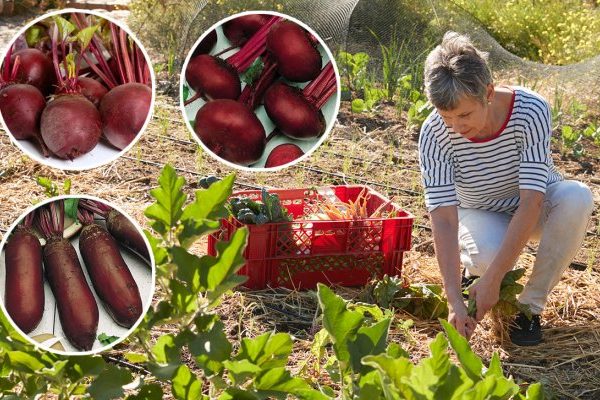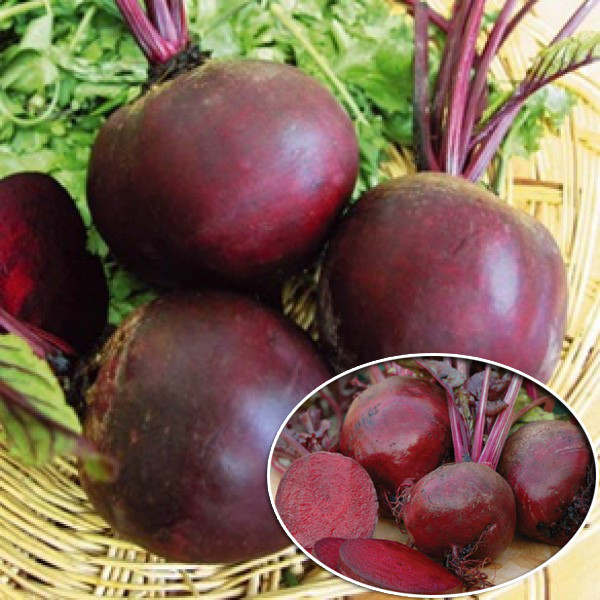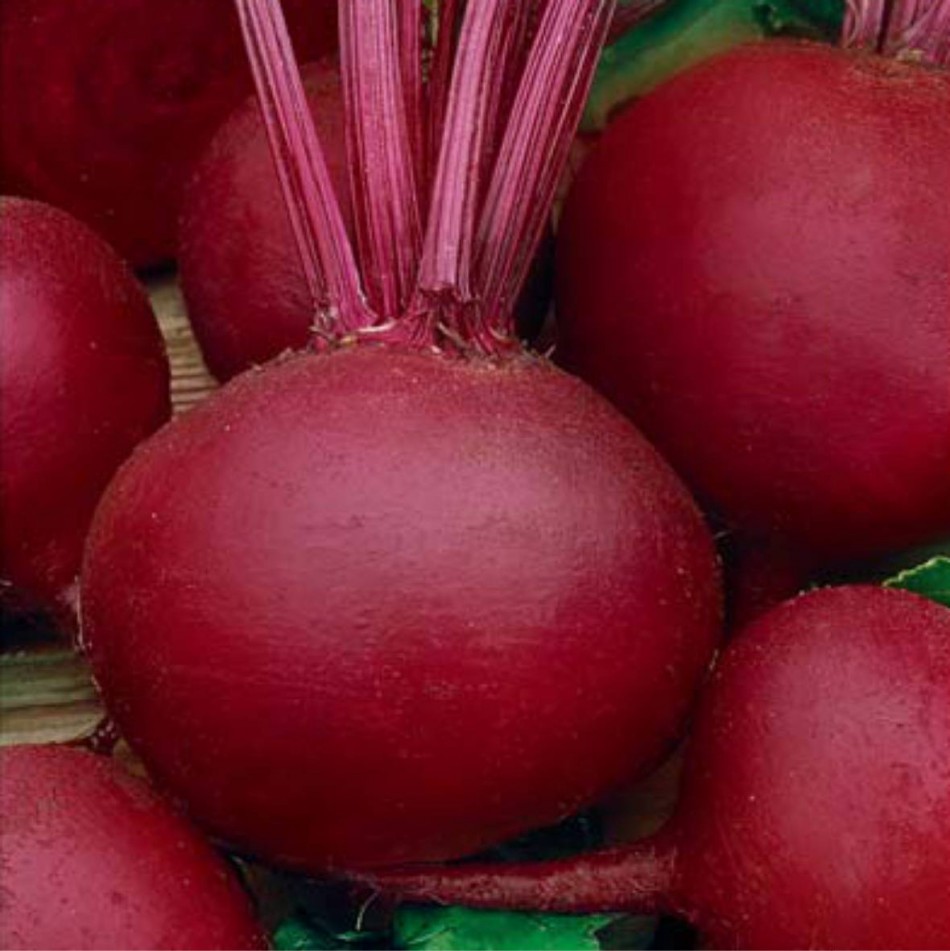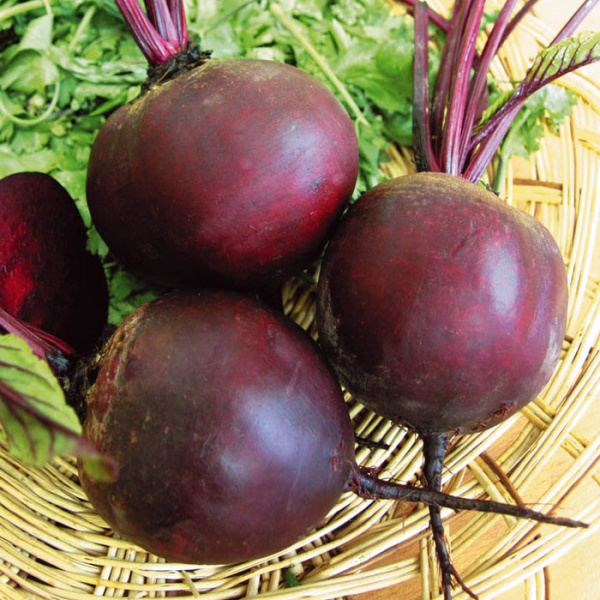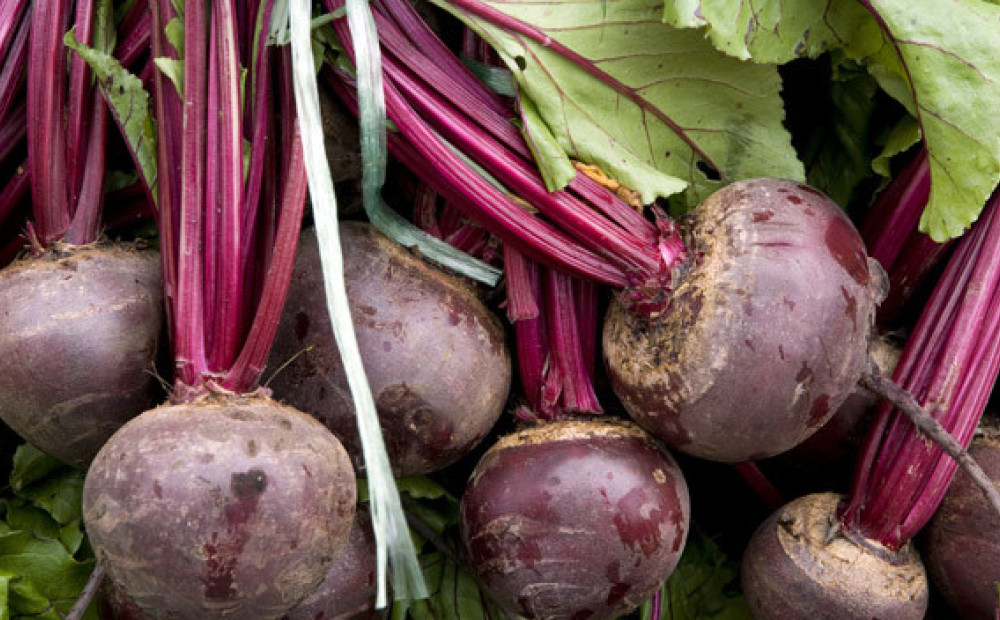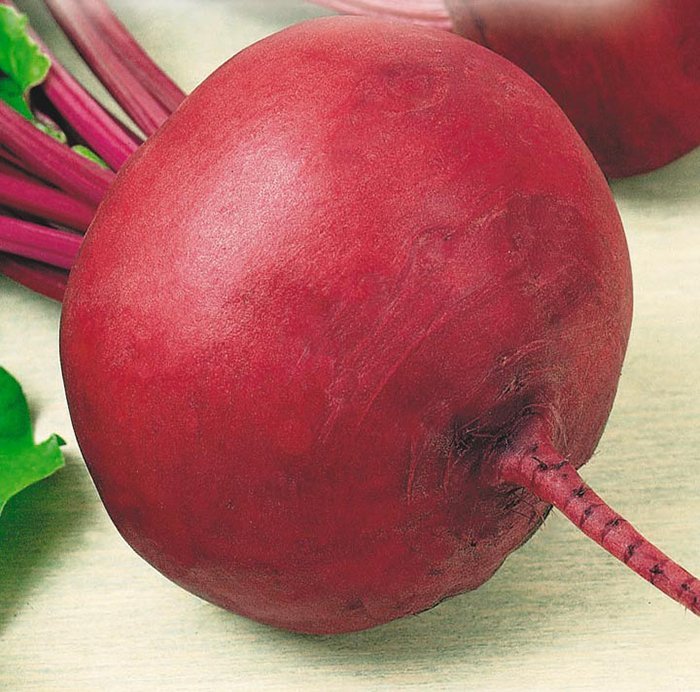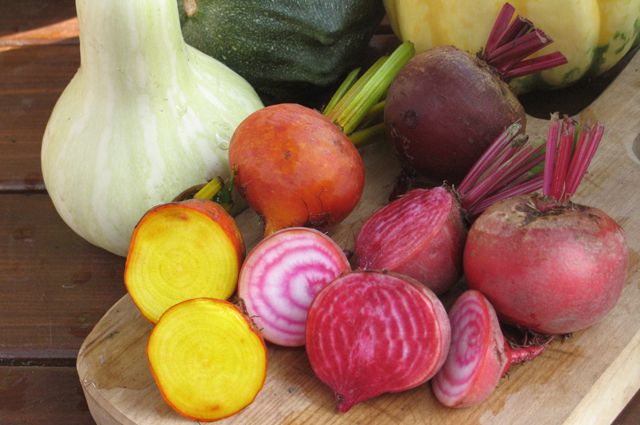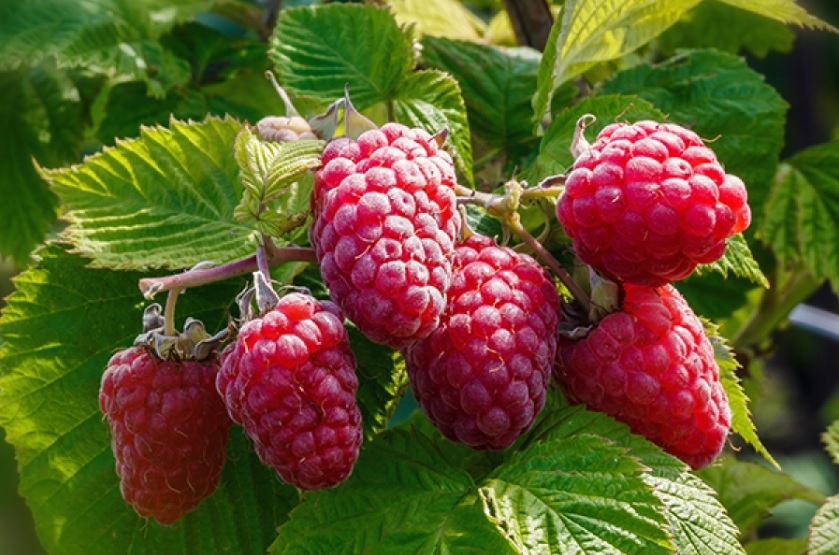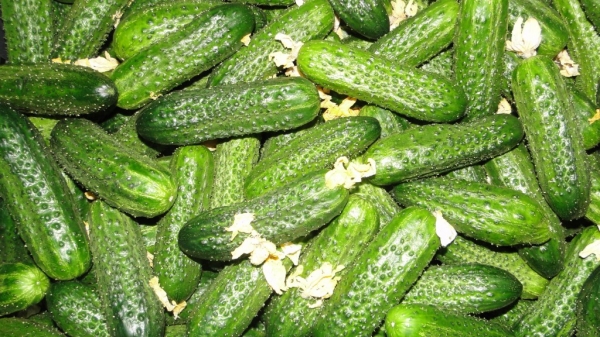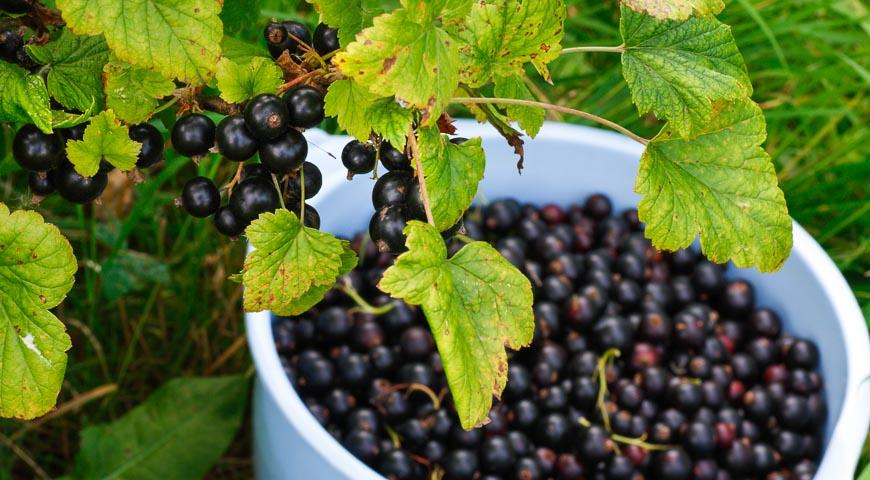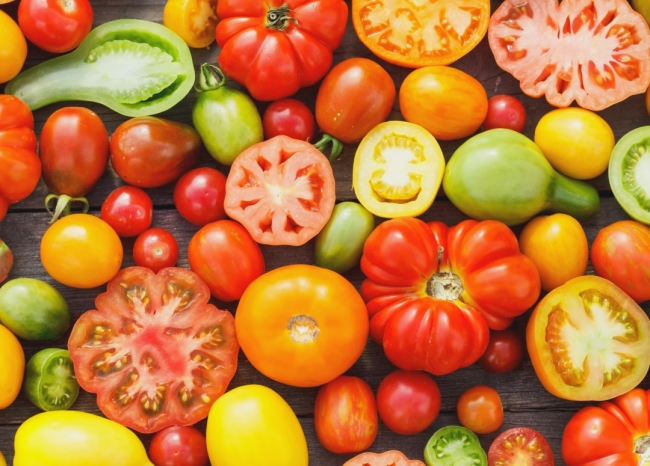Content:
Beets have been cultivated since prehistoric times, and by our century they have firmly settled in the gardens of summer residents and farmers. Someone grows a beet for sugar or for fodder for domestic animals, but the most popular vegetable is still a table variety.
Varieties popular with gardeners
Beets are divided into classes according to different criteria: ripening time, zoning, resistance to diseases and negative factors, color, weight, geometry of root crops, etc. The best varieties of beets, based on some characteristics, are described in the article.
Early vegetable
The growing season for early ripeness varieties is short - 50-100 days. They are planted early and produce quickly. The disadvantage that each early variety suffers from is not pronounced taste. Therefore, mid-season beetroots are considered more popular. But even among the early maturing, good varieties can be distinguished.
Top 5 varieties with early vegetation
| Name | Features: | disadvantages |
|---|---|---|
| Bohemia | Intensely burgundy, with a delicate taste, juicy rounded roots can be expected in 2 months from the date of planting. Gives good yields, average weight - from 0.3 to 0.5 kg. Suitable for cultivation in most regions. The variety is immune to flowering and cercospora. Thinning as it ripens is not required. This vegetable has a high keeping quality. | It is considered ideal among farmers, without flaws |
| Red ball (Chervona kul) | After 65 days, it gives red-purple rounded root crops of 0.2-0.5 kg. They have tender, sugary flesh, saturated with juices. Resistant to heat and cold, not prone to stalking. Well transported and suitable for storage | The amount of harvest depends on temperature indicators |
| Pablo F1 | The rich red fruit without the presence of whitish rings has a perfectly rounded shape. Pablo's beets have thin skin, sweetish pulp, ideal for salads. Yields of fruits weighing 190-380 g are obtained from the 80th day of planting. Sufficiently soft vegetable | There is an uneven ripening of fruits, which interferes with the normal harvest |
| Boltardi | The variety gives smooth-rounded fruits of 160-370 g. The dark red pulp has good taste. Zoned for the Central regions, where it gives a stable yield. Resistant to diseases, frost and flowers. Stores well in winter | Has whitish rings inside |
| Modana | Cherry-burgundy round fruit without whitish rings, 130-260 g each. Sweetish pulp, pleasant to the taste. Seedlings are planted, the collection is carried out on the 65-85 day. The variety is unpretentious, resistant to disease and cold | Suitable only for processing and for consumption during the harvest period, poor preservation |
Each of the varieties of beets indicated in the table, in addition to a quick ripening period, has other features that allow them to take leading positions in other tops (in terms of sweetness, keeping quality, absence of white streaks).
Ringless varieties
Many people prefer red beets or with a touch of violet, as well as the complete absence of white streaks. Although the ring is not a sign of poor quality. And such fruits can have good taste and dietary characteristics. Many housewives, buying beetroot for borscht or vinaigrette, do not ask themselves what color beets are needed. For them, the answer is unambiguous - they will only be satisfied with the red tint that the varieties below have.
Top 5 rich red varieties
| Name | Features: | disadvantages |
|---|---|---|
| Bordeaux 237 | Burak with an average ripening period.The rounded fruit has a juicy, deep-colored pulp. When ripe, it is half immersed in the soil. It gives good yields - from 3.5 to 8 kg / m2 with a fruit weight of 0.23-0.5 kg. It tolerates heat well, a fairly stable variety. Does not lose taste due to frost, good for winter sowing | Considered a Vegetable Without Disadvantages |
| Detroit | The dark red pulp of the rounded fruit is quite tasty. Average weight (110-210 g), but the yield is stable - from 3.5 to 7 kg / m2. Appreciate for its high characteristics: resistance to frost, heat, flowering. Good for canning, shelf life. Zoned under the Central region | |
| Beet mulatto | Spherical beets are quite large - up to 0.5 kg in weight. The pulp is tasty, red, uniformly saturated color, not lost during cooking. From 1 square meter take up to 7.5 kg. The vegetable is good in maturation and is stored calmly until spring. | |
| Single sprout beet | The pulp of a rich burgundy shade is juicy and pleasant to relish. A flat-rounded vegetable has a very thin skin. The average weight is 0.5 kg, from 1 hundred parts you can take up to a ton of root crops. The variety is resistant to diseases, is well grown in cassettes, stored for up to six months if conditions are favorable | No flaws |
| Delicacy | Burak is universal, yielding yields in 3 months. Small round fruits have thin skin. Dark cherry pulp is good fresh, for vegetable dishes, borscht, winter preparations. Cold resistant look | In the process of growth, the shoots bloom |
Description of mulatto beets and any other variety from the table is proof that even novice gardeners can grow vegetables without drawbacks.
Sugar root vegetables
Beetroot contains a lot of sugars, which makes the vegetable sweet. The tastier it is, the more it is appreciated. After reading the description of Detroit beets and other varieties, you can understand that most have a pleasantly sweet taste. There are other sugar varieties that summer residents tend to plant on their plots.
Top 5 sweet beetroots
| Variety | Features: | disadvantages |
|---|---|---|
| Beet Incomparable | The name of the variety speaks for itself - the fruit is really distinguished by high sugar qualities. A deep red, flat-round root with sweet flesh, can be harvested after 96 days from sowing. High-yielding - up to 7 kg / sq.m. The vegetable is resistant to cercosporosis and flowering. They sow not only early in the spring, but also when winter is on the doorstep | Small fruit with noticeable white rings |
| Bravo | The red-dark small head inside is painted in a light burgundy shade without signs of ringing. This sweet, unpretentious vegetable is grown in many areas of the Cis-Urals and is highly productive. The variety has almost 100% germination and keeping quality | Although insignificant, it is susceptible to flea beetles and cercospora |
| Bona | The pulp, uniformly colored in a dark shade, is juicy-sweet and quite nutritious. From 1 sq.m. you can take up to 7 kg of neatly aligned rounded heads. Attracts with its keeping quality | Small fruits barely reach 0.28 kg |
| Larka | From the Dutch representatives of medium ripeness, with rounded, even fruits of a dark red hue. Resistant to color. Developed for a mechanized harvesting method. Stored for a long time. Healing vegetable - removes radionuclides | Small beetroot - 0.14-0.30 kg, on the cut of which you can see slightly perceptible rings. Agricultural technology affects yield |
| Refined F1 | The rich color of burgundy is not lost after heat treatment. Sugar content surpasses many table varieties. They are actively used in cooking. Induced industrially in multi-juice formulations | Due to the large amount of carbohydrates, it cannot be stored for a long time. Has a small fruit - 0.15-0.30 kg |
This also includes the Egyptian flat variety with large (up to half a kilogram) rounded fruits. The color of the juicy pulp is rich burgundy with a purple tint. Possesses a pronounced pleasant sugar taste. For this reason, beet beds are attacked by rodents, which drastically reduces yields. Due to its high sugar content, beetroot is not suitable for winter storage.
Geography of varieties
Russia is a large country, and each natural strip requires its own conditions for growing vegetables. As for beets, it is, rather, a southern culture, but breeders have long been zoned into a more severe climate. So, Detroit beets, Boltardi and some others mentioned above, feel great in the Central region, and the Incomparable hybrid was created specifically for the northern climate.
Vegetable for the Moscow region
- Wodan F1. The hybrid has a round fruit with a graceful thin tail. The red juicy pulp, on which there are no rings, is quite tasty. Early vegetable - fruits of 0.3-0.5 kg are ready for harvest on day 78;
- Eclipse. Mid-season vegetable, distinguished by its shape - round-cylindrical and slightly curved. The juicy, tasty pulp has a dark purple hue;
- Ataman. With a late ripeness, giving medium (up to 0.3 kg) beetroot with tasty juicy dark red pulp. Although the vegetable is stable, it is not designed for a long shelf life. This beet does not like waterlogging during ripening.
Of the varieties listed above, this section also includes Bordeaux-237, Mulatka, Red ball (early), Bohemia, Bonu, Egyptian flat, Larka (mid-season).
Beets for the Urals
- Valenta. It belongs to early beetroots - it ripens in a hundred days. Produces oval-round fruits with a sweet, tasty dark red pulp. Valente is characterized by one sprout, which saves summer residents from the tedious thinning. Not afraid of frost and disease, well stored;
- Bikores. Medium ripeness round, medium size (maximum 0.35 kg). The flesh of a bright burgundy hue has a high sugar content, which makes beetroot tasty. From 1 sq.m. collect up to 6 kg;
- Bon-Bon F1. The growing season for a hybrid is 120 days. The bright red, palatable pulp lacks rings. The root crop is rounded, with the thinnest skin.
Of the varieties listed above, they are zoned under the Ural Bravo, Nesravnennaya, Odnorostkovaya. But such as Bordeaux-237, Boltardi, Bona, Mulatka, grown in the Moscow region, feel great in a more severe climate.
Burak for Siberia
- Masha. Medium growing beets give high yields - up to 9 kg / m2 with a weight of cylindrical root crops up to 0.6 kg. The deep red-colored pulp has a very pleasant taste. Burak is maximally resistant to diseases inherent in the culture;
- Red ice. It matures into a small head - 0.2-0.3 kg each and is not very yielding (up to 5 kg per square), but is appreciated for the taste of juicy, bright pulp and fast ripening (up to a hundred days). Hardy enough;
- Podzimnyaya A 474. Very short ripening period - from 55 days. Root crops reach a weight of 0.21-0.37 kg, which have red flesh without the presence of rings. Burak is resistant to flowering, often sown before winter. True, the amount of the crop depends on agricultural technology - in bad conditions it will yield no more than 2 kg.
Siberia is quite suitable for zoning and some of the varieties mentioned in the sections above: Bordeaux 237, Odnorostkovaya, Nesravlennaya, Pablo, which tolerate severe cold well.
Other, no less popular varieties
The above descriptions of the best representatives of beetroot are conditional top lists. There are many other varieties that are no less popular with summer residents. All have good gusto. They are used for sowing in open ground. Most of them are good enough. These are Two-seeded TSKHA, Camaro, Monty, Dark Horse, Gypsy, Thekla, Red Cloud, Merchant's wife, Black Widow, Madame Rougette, Ethiopka, Ronda, Smuglyanka, Hawskaya, Shokoladka.
Boro, Creolca, Bettollo, Cardinal, Kestrel varieties are distinguished by their high sugar content.The lady and Barguzin take root well in the Urals and Siberia. The Crimson Ball and Zeppo are grown not only in open beds, but also in greenhouses.
There are beetroots with oblong cylindrical fruits: Slavyanka, Mona, Rocket, Kozak. At the same time, the first 2 taste quite sweet. Beet Generalskaya zoned for cultivation in Siberia.
Vegetables differ in color shades. Among the yellow varieties are Gold Ball, Gold Detroit, Boldor. There are also white beets (Albina Vereduna, Snowhite, Yellow Cylindrical) and striped Chioggia.
What is the best variety of beets, everyone can discover independently, based on personal preferences.
